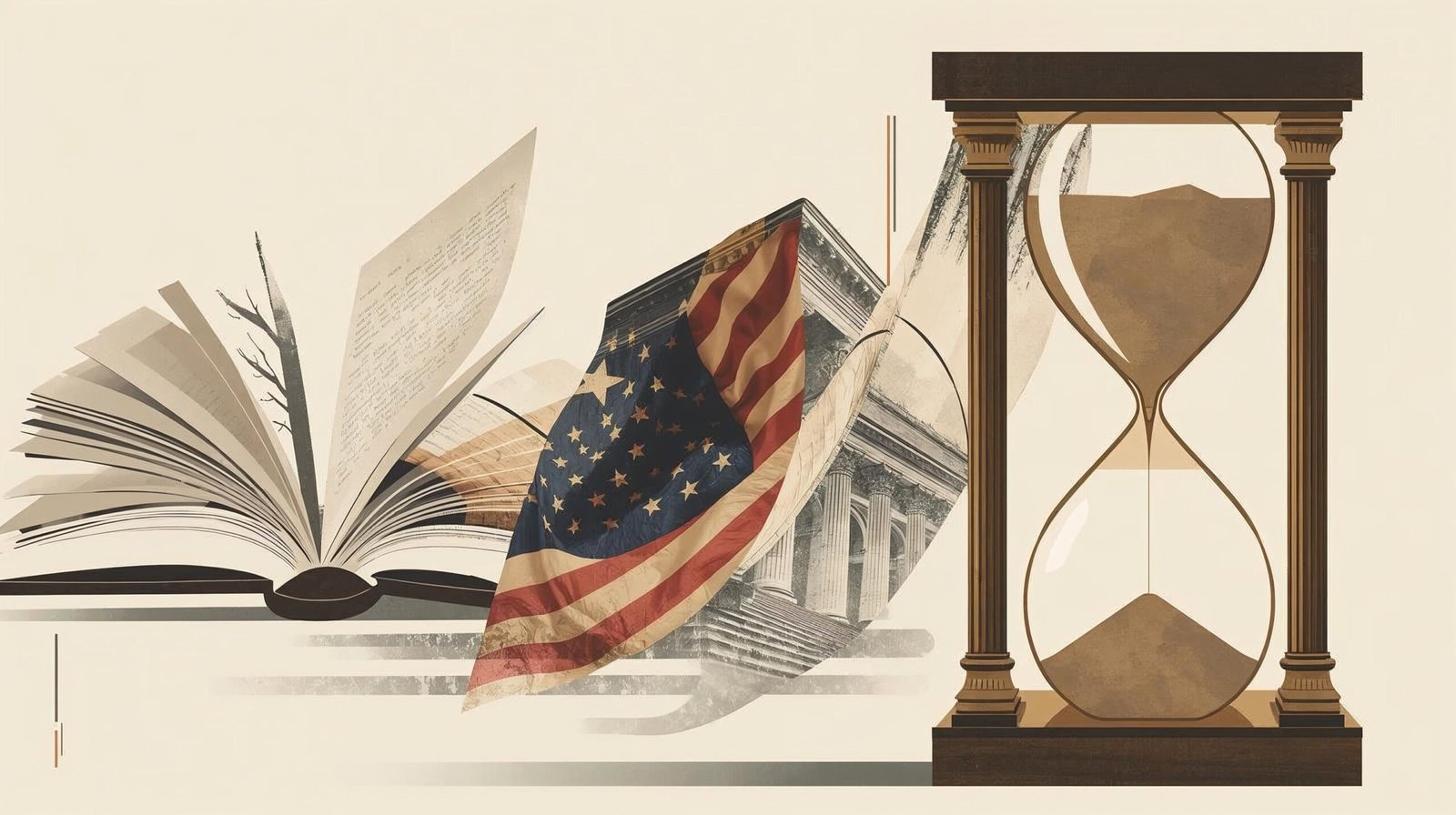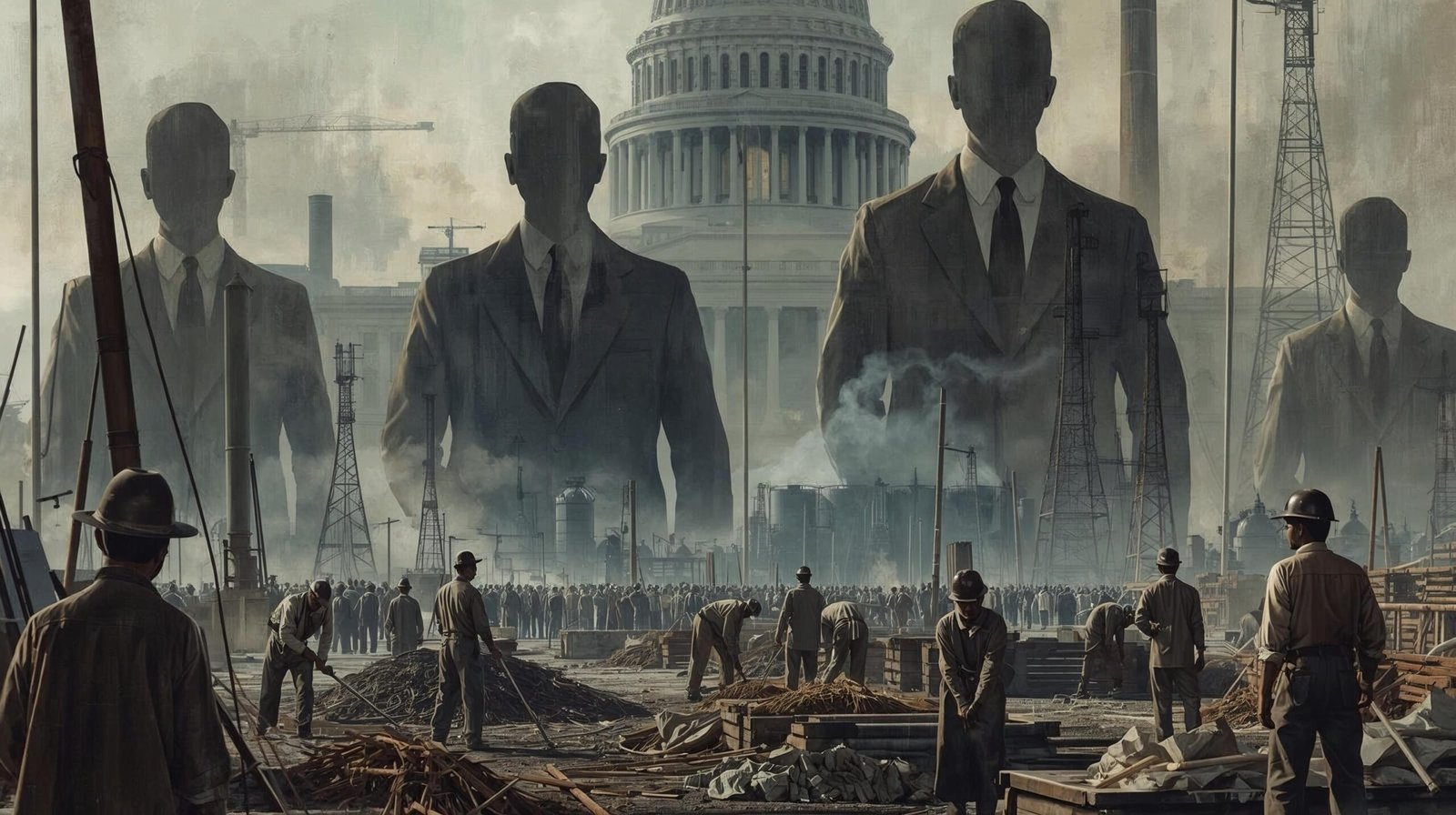The New Jim Crow Summary: 11 Eye-Opening Lessons from Michelle Alexander’s Groundbreaking Masterpiece
Introduction
In the vast landscape of American literature on race and justice, The New Jim Crow by Michelle Alexander stands as a monumental work of truth and courage. The new jim crow summary reveals how the United States, under the guise of law and order, recreated a racial hierarchy that continues to confine millions of Black Americans within the boundaries of systemic discrimination.
Through meticulous research and profound moral clarity, Alexander unveils the uncomfortable reality — that mass incarceration functions as a racial caste system, echoing the oppressive shadows of Jim Crow laws. Her argument is not merely political but moral, calling readers to confront the illusion of progress and examine how racial control has been redesigned for the modern era.
This the new jim crow summary explores the eleven most significant lessons from Michelle Alexander’s groundbreaking book, delving into its historical insights, sociological dimensions, and ethical implications.

1. The Myth of Colorblindness
One of the central ideas in the new jim crow summary is the deceptive concept of “colorblindness.” Alexander argues that while modern society claims to have transcended racism, the institutions of power have merely adapted. Policies presented as “race-neutral” — such as the War on Drugs — disproportionately target Black communities, reinforcing racial disparities while maintaining the illusion of equality.
By exposing the myth of colorblindness, Alexander dismantles the false narrative that America has achieved racial justice. She reminds readers that ignoring race does not erase racism; it only conceals it.
2. The War on Drugs as a Tool of Control
In the new jim crow summary, Alexander meticulously dissects how the War on Drugs became the driving force behind mass incarceration. Introduced in the 1980s, it was marketed as a moral crusade but served as a political weapon. Harsh sentencing laws, mandatory minimums, and stop-and-frisk policies devastated Black communities while sparing affluent, white neighborhoods from similar scrutiny.
The war was not about drugs; it was about social control. Millions of young Black men were branded as felons, stripped of basic rights, and excluded from mainstream society — a process that Alexander identifies as the rebirth of Jim Crow.
3. Mass Incarceration as a Caste System
The new jim crow summary makes a bold comparison between the old Jim Crow segregation and the new system of mass incarceration. Both functioned to define racial boundaries and limit mobility for African Americans.
Alexander describes this system as a “racial caste” — not merely prejudice, but a structural hierarchy sustained by law and public policy. Those labeled “criminals” are denied access to employment, housing, education, and even the right to vote. The prison system thus becomes not just a site of punishment but a mechanism of perpetual exclusion.
4. The Power of Language in Shaping Injustice
Language, as the new jim crow summary highlights, plays a crucial role in sustaining racial control. Terms like “criminal,” “offender,” and “felon” become social death sentences. Once applied, they erase individuality and justify discrimination.
Alexander demonstrates how such labels transform citizens into outcasts. The word “criminal” becomes a modern equivalent of racial branding — a term that legitimizes exclusion under the pretense of morality and law.
5. The Role of the Supreme Court in Institutionalizing Racism
In the new jim crow summary, Alexander exposes the judiciary’s complicity in perpetuating systemic injustice. Landmark rulings such as McCleskey v. Kemp (1987) effectively insulated racial bias from legal challenge by demanding impossible standards of proof.
This judicial blindness — deliberate and sustained — ensures that discrimination continues without accountability. The courts, instead of dismantling inequality, often serve as its constitutional guardians.
6. The Deceptive Promise of Rehabilitation
Another critical insight from the new jim crow summary concerns the illusion of rehabilitation within the criminal justice system. Though framed as reform, the system rarely offers true redemption. Parole restrictions, social stigma, and civic exclusion make re-entry into society nearly impossible.
Alexander calls this process “legalized discrimination,” as those who have served their sentences remain trapped in a cycle of poverty and marginalization. The promise of a second chance is, in reality, an empty gesture.

7. The Political Machinery Behind Mass Incarceration
The new jim crow summary underscores how political leaders, from both parties, fueled the expansion of the prison-industrial complex. “Tough on crime” rhetoric became a bipartisan mantra, appealing to public fears while ignoring the root causes of crime — poverty, inequality, and racial segregation.
This manipulation of fear and prejudice secured political power while devastating generations of Black families. The policy of punishment replaced social investment, and prisons replaced schools as state priorities.
8. Media and the Manipulation of Public Perception
As noted in the new jim crow summary, the media’s portrayal of crime has been instrumental in shaping public opinion. Through sensationalized coverage and racially biased imagery, television and print media created the archetype of the “Black criminal.”
This narrative justified draconian policies and silenced dissent. By repeatedly associating crime with Blackness, the media reinforced the psychological foundation of racial fear — ensuring that mass incarceration appeared not as oppression but as necessity.
9. The Silence of the Civil Rights Movement
Michelle Alexander bravely addresses a painful truth in the new jim crow summary — the relative silence of the modern civil rights movement on issues of criminal justice. Many organizations, fearing political backlash or the loss of legitimacy, avoided confronting the racial dimensions of mass incarceration.
Alexander challenges this silence, calling for a renewed moral awakening. The struggle for racial justice, she insists, must move beyond formal equality toward the dismantling of systemic exclusion.
10. Redemption through Awareness and Solidarity
Among the most hopeful lessons from the new jim crow summary is the call for consciousness and collective action. Alexander does not merely diagnose a social disease; she prescribes a cure rooted in empathy, awareness, and unity.
She urges readers — Black, white, and beyond — to confront the truth of racial injustice and stand together in dismantling the structures that sustain it. Only through awareness can society reclaim its moral compass and move toward genuine equality.
11. The Path Forward: A New Moral Imagination
In its closing reflections, the new jim crow summary offers a vision of transformation. True justice, Alexander asserts, requires not just policy reform but a fundamental shift in societal values. America must redefine what it means to be “free” and “equal,” recognizing that liberty without justice is an illusion.
The book ends with a profound appeal — that we awaken from the national slumber of denial and build a future where race no longer determines destiny. It is both a warning and an invitation to reclaim humanity’s shared dignity.
Critical Analysis
In the new jim crow summary, Alexander’s argument is not built on emotion alone but fortified by statistics, court cases, and historical continuity. She connects slavery, segregation, and mass incarceration as successive stages of racial domination.
Her prose is measured yet piercing, combining the precision of a legal scholar with the moral urgency of a prophet. The result is a work that transcends sociology and enters the realm of conscience.
Alexander’s insight forces readers to confront uncomfortable questions: Who benefits from mass incarceration? How does society justify its cruelty under the banner of justice? And what does freedom truly mean in a nation where millions live under surveillance and control?

Relevance in Today’s America
Even years after its publication, the new jim crow summary remains alarmingly relevant. The Black Lives Matter movement, police brutality debates, and criminal justice reform efforts all echo the truths Alexander articulated.
The persistence of racial inequality within policing, sentencing, and economic opportunity underscores the enduring power of the system she described. Her message is not confined to America alone; it resonates globally, wherever inequality hides behind the façade of order.
Lessons for the Reader
-
Injustice often disguises itself as legality.
-
Silence in the face of oppression is complicity.
-
Language can liberate or enslave — choose words wisely.
-
Empathy is the foundation of justice.
-
Reform is hollow without moral awakening.
Through the new jim crow summary, Michelle Alexander invites every reader to re-examine their assumptions and challenge the systems that perpetuate inequality.
The Enduring Legacy of Michelle Alexander
Michelle Alexander’s work has inspired scholars, activists, and citizens across the world. The new jim crow summary reflects her vision of scholarship as activism — a blend of intellect and conscience. Her voice has become a rallying cry for criminal justice reform and racial equity.
She stands in the lineage of great reformers — from Frederick Douglass to Martin Luther King Jr. — whose words did not merely describe injustice but ignited moral revolutions.
The Historical Continuum of Racial Subjugation
To fully grasp the magnitude of Michelle Alexander’s argument, one must trace the the new jim crow summary within the long arc of American racial history. From slavery to segregation, and now to mass incarceration, each era represents a reinvention of racial control. When one form of oppression was dismantled, another emerged under a different name and justification.
The end of slavery did not usher in equality; instead, the South erected Black Codes and Jim Crow laws to maintain white dominance. When these laws were finally challenged during the Civil Rights Movement, the system adapted once again — cloaking its prejudice in the language of law and order. Thus, as the new jim crow summary demonstrates, racism in America did not die; it evolved.
Alexander’s analysis compels readers to see the seamless transition between historical periods. The names may have changed, but the logic of exclusion endures. It is this continuity that gives her work its moral weight and intellectual power.
Economic Exploitation and the Prison-Industrial Complex
Another vital dimension of the new jim crow summary is the exploration of economic motives behind mass incarceration. Beyond racial control, the prison boom created a thriving industry — a network of private prisons, government contracts, and corporate profiteering.
Alexander exposes how incarcerated individuals became sources of cheap labor, performing essential work for minimal pay, often under conditions resembling servitude. Local economies in rural America began to depend on prison jobs, turning human confinement into a commercial enterprise.
This commodification of justice represents a moral failure of society. It is not only about punishment but profit. The growth of the prison-industrial complex transformed crime into a marketplace — a business that flourishes by perpetuating inequality.
In the words of the new jim crow summary, the prison system is not an accident but an institution deliberately designed to serve political and economic interests at the expense of human dignity.

The Psychological Consequences of Mass Incarceration
While Michelle Alexander’s analysis is rooted in law and policy, the new jim crow summary also reveals the deep psychological scars inflicted upon generations of Black Americans. To be constantly surveilled, criminalized, and devalued reshapes identity itself.
Children growing up in neighborhoods plagued by mass incarceration internalize fear and mistrust. The absence of fathers, brothers, and mentors tears at the fabric of families, breeding a silent trauma that passes from one generation to the next.
This psychological dimension — rarely acknowledged in public discourse — underscores the book’s profound humanity. Alexander’s insight is that injustice is not only material but spiritual; it corrodes the soul of a nation that claims to be free.
The Global Echo of Racial Injustice
Although rooted in the American experience, the new jim crow summary carries global resonance. Nations across the world, from the United Kingdom to Brazil, have mirrored similar systems of racialized policing and disproportionate imprisonment. The United States, rather than standing as a beacon of liberty, has exported its punitive ideology abroad.
Alexander’s argument thus transcends national borders. It becomes a universal meditation on how fear, prejudice, and political manipulation create invisible walls between citizens. In reading her words, one cannot help but see echoes of similar injustices elsewhere — from caste hierarchies to refugee detention systems.
The message of the new jim crow summary is that wherever power uses the law to divide rather than to heal, the essence of Jim Crow endures under a new disguise.
Education as the Antidote to Injustice
If ignorance fuels oppression, then education must become its antidote. In this regard, the new jim crow summary offers not only critique but guidance. Schools, universities, and public discourse must confront the uncomfortable truths that Michelle Alexander exposes.
True learning must go beyond textbooks; it must awaken moral imagination. Understanding the historical roots of systemic racism allows citizens to recognize injustice when it reappears in new forms. As Alexander reminds readers, a society unwilling to remember its past is condemned to repeat it.
Education that embraces empathy, diversity, and historical truth can liberate future generations from the blindness of prejudice. Knowledge becomes a form of resistance — an act of defiance against narratives that justify inequality.
The Moral Challenge to the Reader
Every great work of nonfiction poses an ethical question to its audience, and the new jim crow summary is no exception. It demands not passive acknowledgment but active reflection. What will we do with this knowledge? Will we remain comfortable in the illusion of progress, or will we confront the structures that sustain inequality?
Alexander’s message is not aimed solely at policymakers but at the conscience of every individual. Her writing reminds us that moral responsibility cannot be outsourced to governments or institutions. Justice begins with the courage to see the truth and to act upon it, even when inconvenient.
In this sense, the new jim crow summary becomes more than a sociopolitical critique — it is a mirror held before the reader’s soul. It calls for humility, awareness, and moral revival.
A Call to Renew the Dream
Finally, the deeper essence of the new jim crow summary lies in its invitation to reclaim the unfulfilled promise of the American Dream. The struggle for civil rights was not merely about legal equality but about the restoration of human worth.
Alexander’s vision urges America to renew its moral covenant — to build a nation that values justice above punishment, compassion above control, and humanity above hierarchy. It is a call to rediscover the principles of freedom, not as privilege but as birthright.
In echoing this call, her words remind us that the true measure of progress is not the height of our skyscrapers or the might of our armies, but the depth of our compassion and the breadth of our justice.

Conclusion
In its totality, the new jim crow summary is a profound exploration of how history’s ghosts continue to haunt the present. Michelle Alexander compels us to see mass incarceration not as an isolated failure but as a deliberate design — a system of control hidden beneath the rhetoric of justice.
Yet, amid this grim revelation lies hope. The power to change rests within awareness, empathy, and moral courage. The book does not leave its readers in despair but urges them to participate in the making of a more humane world.
In a society struggling to reconcile freedom with fairness, The New Jim Crow stands as a mirror — revealing both the wounds and the path toward healing.
For those seeking truth and transformation, this the new jim crow summary is not merely a review but a call to action, a moral awakening that demands participation in the struggle for equality and justice.
FAQs
1. What is the central theme of The New Jim Crow?
The central theme of The New Jim Crow is that mass incarceration operates as a modern racial caste system that disproportionately targets Black Americans, effectively continuing the legacy of Jim Crow laws under a new form.
2. Why is it called The New Jim Crow?
It is called The New Jim Crow because the system of mass incarceration mirrors the racial segregation and disenfranchisement of the original Jim Crow era, enforcing racial inequality through legal mechanisms rather than overt segregation.
3. What is Michelle Alexander’s main argument?
Michelle Alexander argues that the U.S. criminal justice system perpetuates racial control through policies like the War on Drugs, disenfranchising millions of African Americans and denying them full citizenship.
4. How does The New Jim Crow remain relevant today?
The book remains relevant as systemic racism, police brutality, and disproportionate incarceration rates continue to affect Black communities. Its message resonates strongly with ongoing social justice movements.
5. What can readers learn from The New Jim Crow?
Readers learn to recognize hidden forms of racism within legal systems, understand the power of structural inequality, and embrace the moral responsibility to challenge injustice through awareness and activism.
Final Reflection
At its heart, the new jim crow summary is a moral revelation — a reminder that true justice cannot exist where human dignity is denied. Michelle Alexander’s message reverberates beyond the pages, urging every citizen to question, to feel, and to act.
For deeper reflections on such transformative books, visit shubhanshuinsights.com — where ideas meet conscience and literature becomes a bridge to justice.